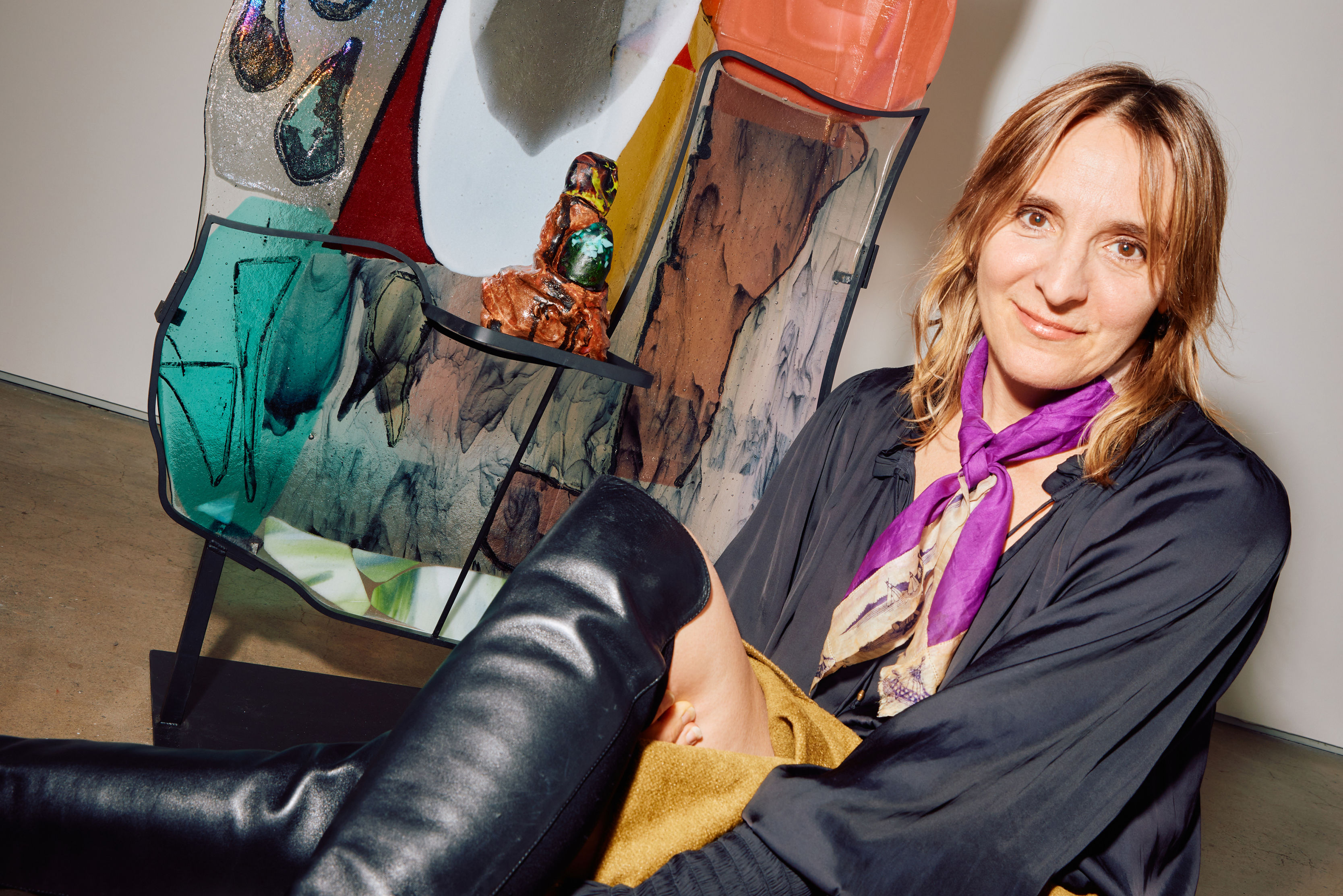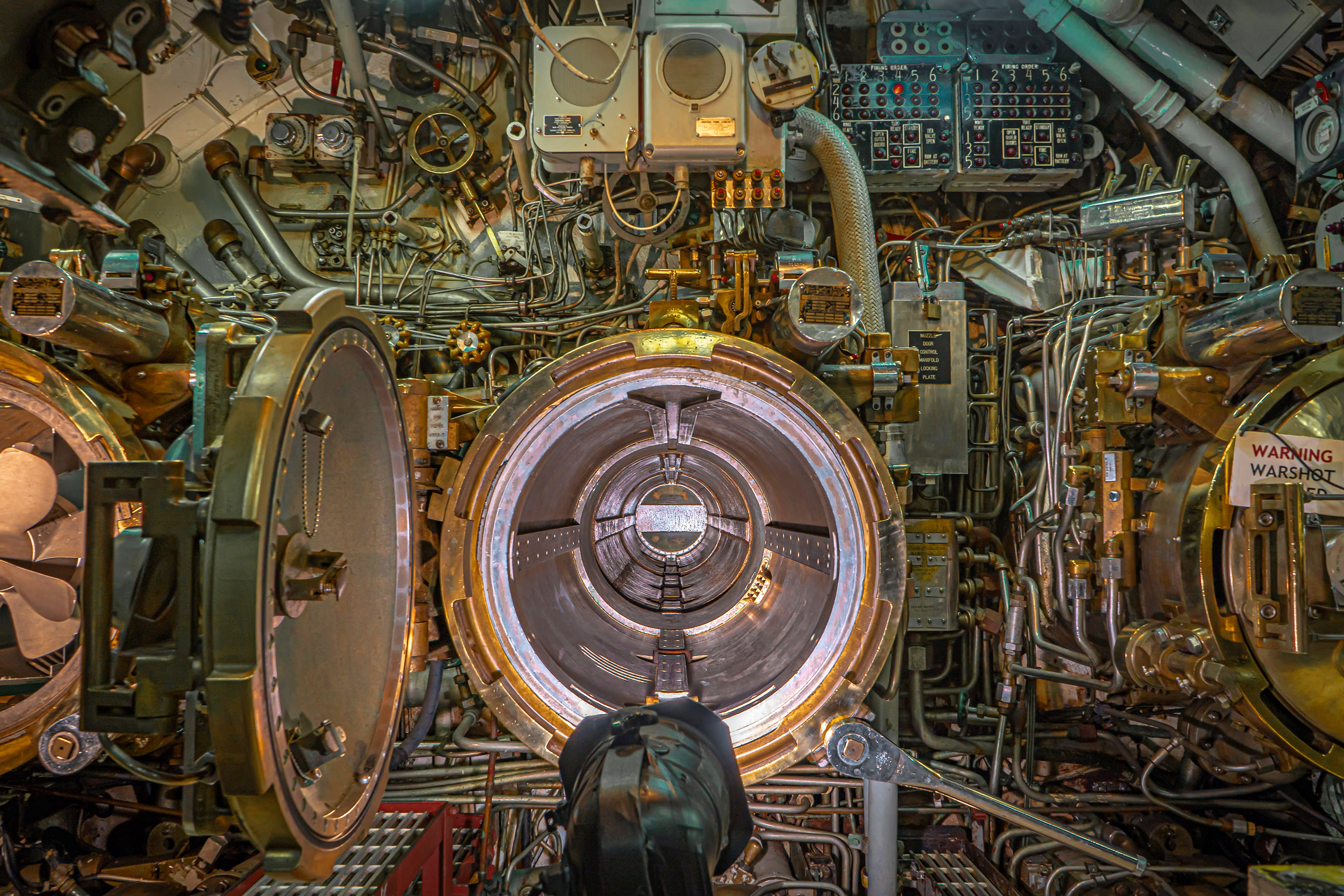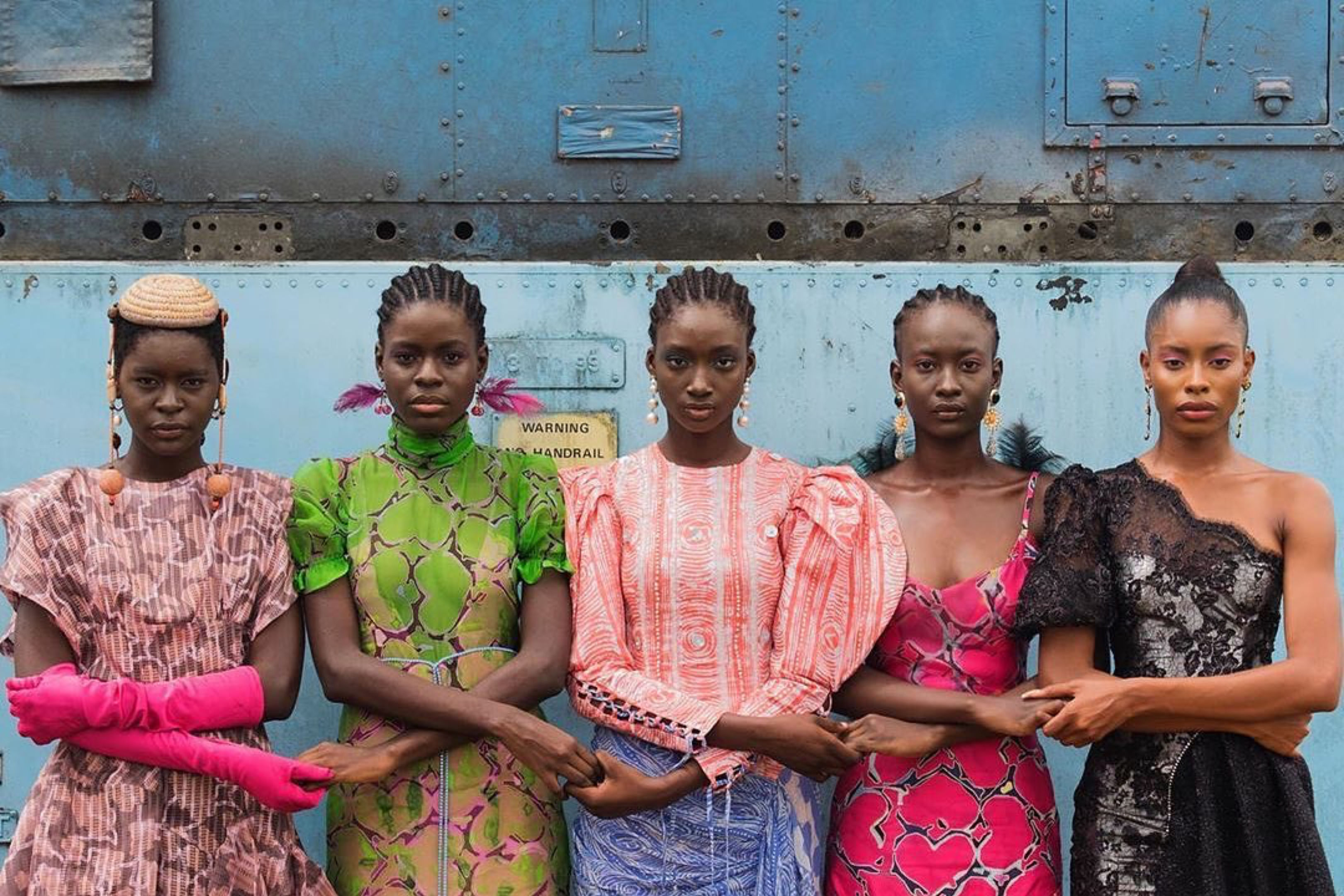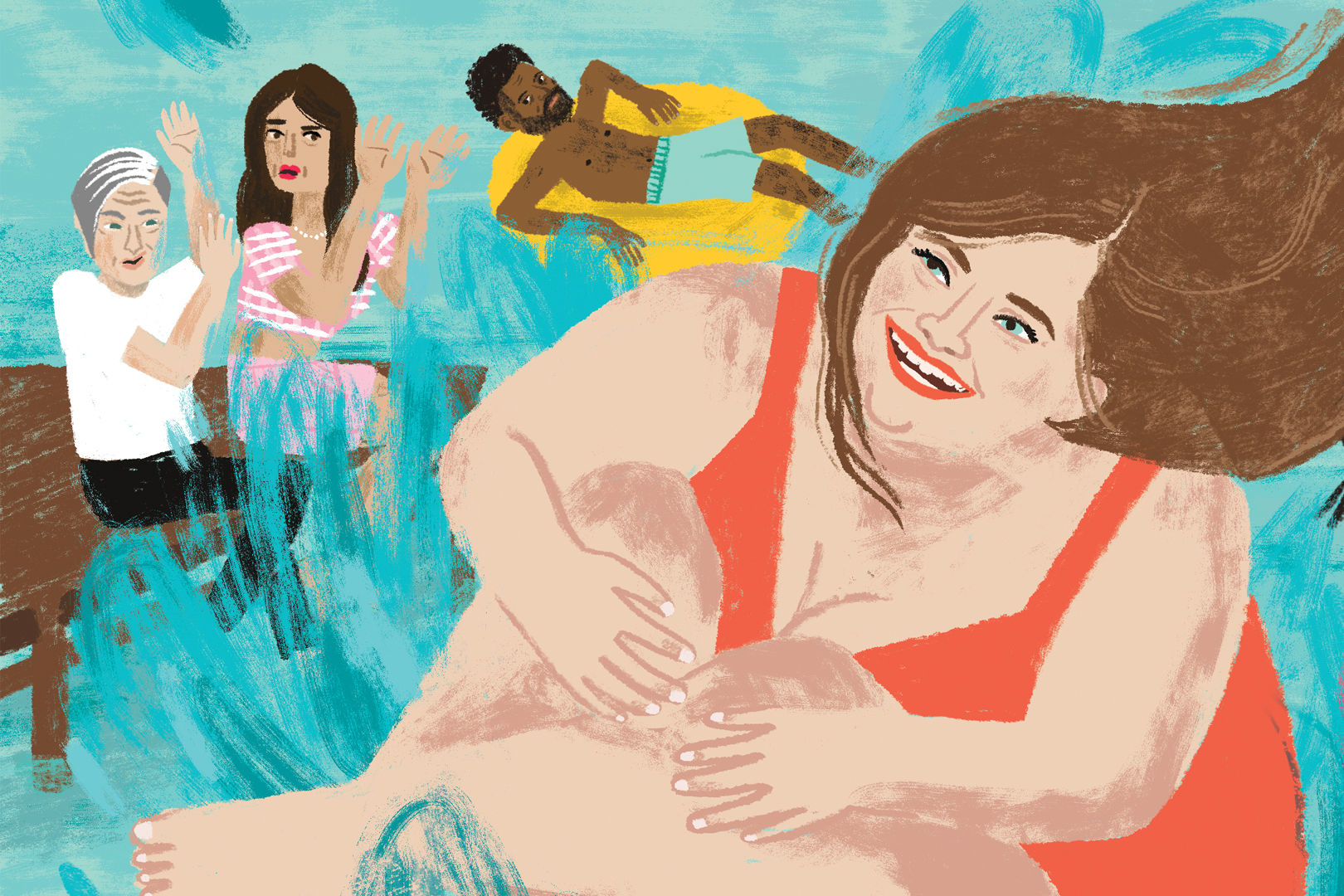
Across Three Seasons, Shrill Quietly Revolutionized the Portrayal of Fat Women on Television
For a fat woman, there were so many moments in Shrill, the Hulu series based on Seattle writer Lindy West’s memoir of the same title, that delivered a walloping punch to the gut. Lauded by critics for its unflinching honesty about the experience of living in a fat body, the arc of Annie, the character based on West and portrayed by Saturday Night Live’s Aidy Bryant, felt at times painfully familiar. Now, after three seasons, the Portland-shot-and-set show that brought an authentic portrayal of the fat experience to television screens for the first time—at least in a way that isn’t reductive or offensive—has come to an end. And I’m grateful to have taken the journey with it.
Annie’s character is one that myself and so many fat women still shaking off the trauma of the “heroin chic” ’90s have been at one time or another: someone who works essentially around the clock to make herself smaller, both literally and figuratively. When, in the first season, Annie hurtles her body over a chain-link fence because Ryan, the man who would eventually become her boyfriend, was scared of his friends finding out he was having sex with a fat woman, we remember our own experiences sneaking out back doors after hooking up with men who were ashamed to be seen with us. And for someone who grew up when the only fat people on television were shilling diet products or serving as the butt of the joke, watching Shrill was exhilarating, even in its most mundane moments.
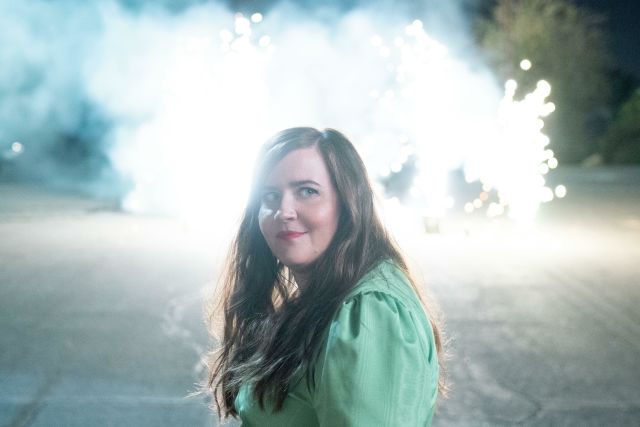
Aidy Bryant striking a defiant pose as Annie, in the final image from season two of Shrill
Image: Allyson Riggs/Hulu
When Annie laments the horrors of “chub rub,” every thick-thighed woman watching felt seen. When she attends an event that’s allegedly aimed at empowering women just to be handed a T-shirt that’s only available in size small, I remembered the stash of “feminist” tees tucked into the back of my closet because T-shirt manufacturers and I have a major difference of opinion regarding what “extra large” actually means.
We remember the times that, like Annie, we were shamed by overzealous fitness trainers who promised diet and exercise would make us stop hating ourselves. We recall the constant dieting advice from our mothers and strangers and gagging down terrible Lean Cuisines and being compared to Rosie O’Donnell based on nothing more than a similarity in the shapes of our bodies. Like Annie, we know exactly what it’s like to go in for a routine Pap smear at the gynecologist only to be told that we should consider gastric bypass surgery. Much of the show is a stark reminder of how much of our lives we have not lived, the joys we have not experienced, because of the way we’ve been made to feel about our bodies.
But for those fat women who have made peace—or heaven forbid, fallen in love—with our bodies, Shrill is so much more than a reminder of our trauma. And now that the show is over, it will enter the annals of television history as one of its most transgressive pieces of media solely because it managed to treat fat people as complex, interesting characters who are deserving of love and lust and nuance and, most importantly, dignity.
Never before have we seen a fat woman go from being too afraid to take off her bra during sex to confidently climbing on top, fully prepared to receive the pleasure she deserves. We’ve certainly never seen that same fat woman make the decision to obtain an abortion without handwringing or moral equivocation.
Even Annie’s decision to identify as fat, and not “curvy,” or “plus-sized,” feels like a dramatic step forward. Fat is, as Annie says, just a descriptor, not a moral judgment. Through Annie, the show’s writers explore what the actual road to body empowerment looks like, and that’s rarely a clean, linear process. Annie makes mistakes—she lashes out at the wrong people, blows off her friends, and generally acts like a jerk sometimes—and that makes her character feel endlessly human. In Annie, a new generation of fat women has a role model who is more relatable than aspirational, a character able to find comfort in her body despite living in a world that is deeply unsettled by the happiness of fat women.
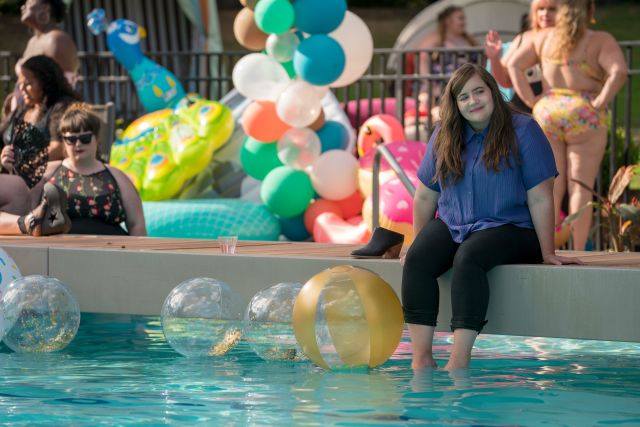
Aidy Bryant as Annie in the season one episode "Pool"
Image: Allyson Riggs/Hulu
Shrill takes a quietly radical approach to examining that world. Nowhere is that more apparent than the first season’s iconic pool party scene, which marks Annie’s first real introduction to fat women living comfortably in their bodies. Cinematically, it’s an absolute feast for the eyes, with beautiful bodies of all shapes and sizes, wearing gorgeous bikinis and glamorous one-pieces, lounging on blow-up unicorns in a shimmering pool and indulging in finger foods. Inspired by many real-life, fat-positive pool parties that came before it, the pool party is perhaps Shrill’s most visually arresting moment, one that thumbs its nose at the beauty expectations that kept me in sweaty cover-ups at pool parties well into my 20s.
Shrill’s success with critics and audiences paves the way for more shows that celebrate fat bodies instead of pathologizing or pitying them—a truly exciting prospect. It makes me hopeful for a future where fat girls and women can feel confident wearing the clothes that they love, pursuing sexual pleasure, and obtaining essential reproductive health care. Shrill imagined a new world, one in which fat women get to live happy lives where something as simple as eating a meal or shopping for clothes or letting your new boyfriend see your naked body can actually feel joyous and not impossibly fraught. And that’s a world we should all get to live in.

